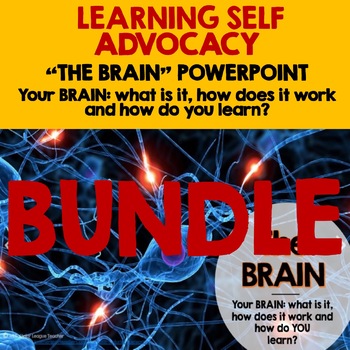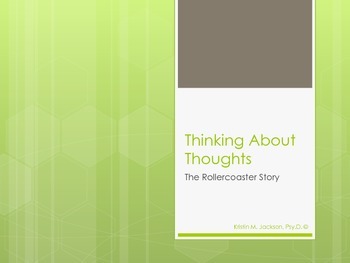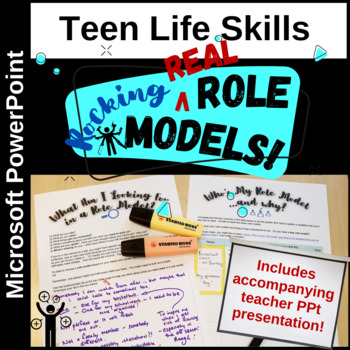4 results
Coaching workbooks for Microsoft PowerPoint

THE BRAIN BUNDLE: How it works and how we learn (Learning Self Advocacy)
These three resources work together to help you teach all about the brain and how we learn. After studying these materials, your students ability to understand themselves as learners and to activate their growth mindset with sky rocket. My Year Three students love this interesting focus and grow as learners due to study it. I have other amazing resources that support Learning Self Advocacy that build on this unit and will have your classroom humming!OTHER SELF ADVOCACY RESOURCES in my TPT Stor
Subjects:
Grades:
2nd - 7th

CBT for Anxiety: The Rollercoaster Story
Thoughts, feelings, and actions are really powerful! This Power Point uses the "bully metaphor" to teach the basic concepts of the CBT including how to use thoughts and actions to "boss back the bully" in their heads.
Subjects:
Grades:
3rd - 7th

Role Models for Social Emotional Learning and Goal Setting
FUN FOR SOCIAL EMOTIONAL LEARNING - Covers what a role model is, to what extent a role model is heroic, the importance of role models, the fact that role models don't have to be PERFECT, and why we should choose role models for specific purposes. Finally, students complete a profile on a role model or role models so that they're aware of the active intent behind choosing the people who hold attributes that students could emulate to help them in various aspects of their lives. Research suggests
Subjects:
Grades:
8th - 12th, Higher Education, Adult Education

Fit 4 Life - Functional Anatomy and Physiology unit
Students will have the opportunity to explore the anatomical structures that adapt to physical activity and perform fun experiments on themselves to measure these physiological changes.
Subjects:
Grades:
9th - 12th
Showing 1-4 of 4 results

